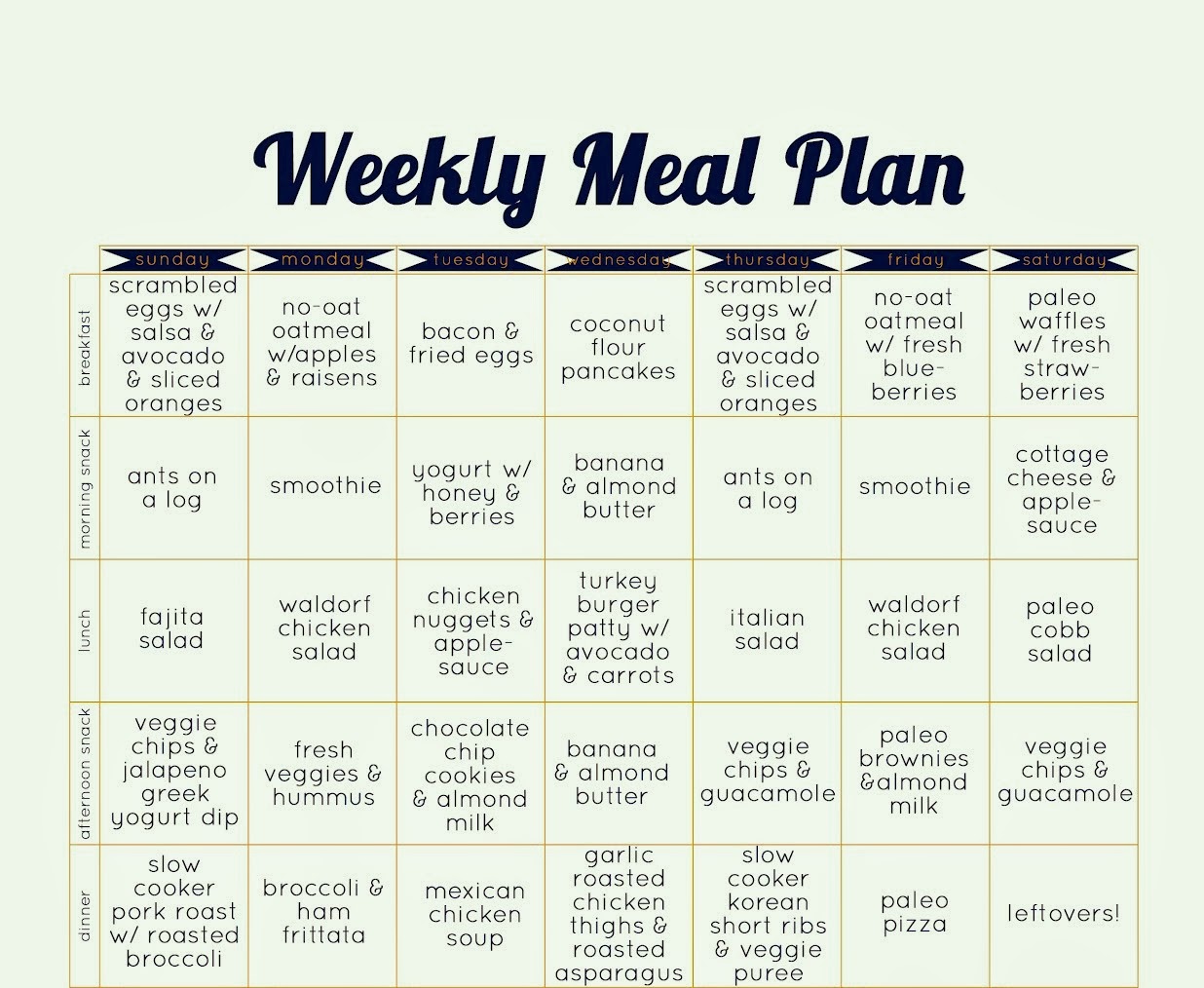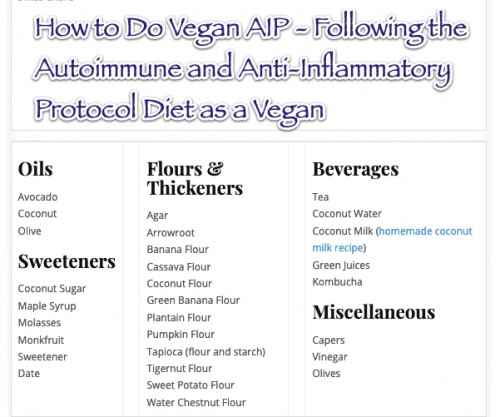
Paleo is a diet that emphasizes eating the same foods our ancestors ate. This diet includes foods such apricots, dried Pumpkin seeds, and banana with almond Butter. It also includes sweet potatoes, chicken, and vegetables. EatingWell understands that the paleo diet can be restrictive. However, they believe in the value of certain foods. Here, we'll discuss which ones you can eat while still maintaining a healthy diet.
Pola Makanan paleolithic womanusia
Christina Warinner, Ph.D., studied pola makan manusia purba and mitos-mitos pola makanan paleolithic manusia in 2010. She reveals that manusia Paleolithic consumed large amounts of daging and ate all kinds of meat. Although this myth was believed widely by paleolithic people it is now outdated and irrelevant.
The diet of the paleo, also known by the diet of manusia ga, allows you to eat the same food as manusia guma used to eat. They not only improve their kesehatan but also help to preserve their heritage. This diet is not right for everyone. It is not right for everyone.
Two types of kelompokan are used to make the Ramasokat's lukisan: ceruk or lukisan. They were grown in the Sulawesi Tenggara area and Liabalano. The lukisan gua consists of a mixture protein, fat, and carbohydrate. These nutrients can support healthy living and help us understand how humans evolved.

The diet of modern humans has many benefits, but also a few risks. People who eat foods rich in nutrients, such as those found in the Paleolithic Era, will be more likely to develop diseases. A healthy diet will reduce your risk of developing diseases. Clean Eating will help you eat better. The obvious benefits of this diet are clear: eating low in fats can have positive effects on your health. Also, you won't get sick if you eat too much.
Paleolithic diet allows certain foods
Many foods found in processed food contain added sugars, vegetable oils, and artificial sweeteners, which can be detrimental to your health. Excess salt and refined sugars contribute to obesity, and the high amounts of salt can lead to heart disease. Vegetable oils can also be controversial. The American Heart Association suggests that safflower and corn oil replace canola. These oils contain high levels omega-6 fatty acids.
Many commercial paleo diets restrict dairy products to a minimum, while others have stricter restrictions. The paleolithic menu includes lean pork loin with onion and carrot stuffing, roasted chicken with onions and carrot stuffing, and steamed broccoli. Other paleo diet plans allow little honey or maple syrup. This diet has received varying degrees of scientific research.
Paleo advocates recommend that you avoid legumes because they contain high amounts of phytic acids. These substances hinder the absorption vital minerals from your gut. These substances are allowed in certain situations. Although it is tempting to eat potatoes and legumes, they are not recommended for daily consumption. Instead, include lots of fruits and veggies in your daily meal plans.
Guidelines for eating a paleolithic diet
Although they differ greatly from the standard modern diet, the Guidelines for Eating Paleolithic Diet have the same basic principles. The Paleolithic diet primarily consisted of animal products. But it's also rich in plant foods, so there aren't many limitations. You need to be aware that some people may not be genetically suitable for this diet and that higher levels of meat may not be good for your health. Paleolithic nutrition may not be for you.

Paleolithic diets exclude dairy products as the most common food group. Cutting out these key food groups may leave you at risk for nutritional deficiencies. Tooth decay is caused by calcium deficiency. Furthermore, calcium plays a role in blood clotting and muscle contraction. Whole grains also reduce the risk for stroke, heart disease, and type II diabetes. However, calcium deficiency can occur because grains have been largely eliminated.
There are many guidelines that Paleolithic people should follow when eating. It emphasizes eating healthy foods and nutrient-rich plants. It also limits processed foods. It is best to follow the guidelines closely so you don't overdo it. Remember that a paleolithic diet is different for every individual. It is important to understand that the Paleolithic diet is based on a lifestyle that was prevalent 10,000 to 12,000 years ago.
FAQ
How can I be motivated to cook?
Sharing food with friends and family is a great way to have fun cooking. It is easier to cook for yourself than for others. You can be inspired to cook if you try something new. You'll learn new techniques, and you'll be inspired to cook. Also, you can use recipes from different cultures to expand your culinary knowledge.
Do I need any special equipment to cook?
It doesn't take any special equipment or tools to learn to cook. The best tools will make cooking more enjoyable. For example, a knife could be used for pasta making or a whisk would be better than a hand mixer for whipping egg whites to stiff peaks. The right tools make cooking easier and faster.
How do you get hired as a Chef?
You must complete a degree in culinary arts to be able to apply for a job at the table as a professional chef. Next, you should join a professional association such as the American Culinary Federation (ACF). This organization offers certification exams, as well networking opportunities.
How do you become a chef?
There are many routes to becoming a chef. Begin by enrolling at a community college. Next, consider attending culinary school. Finally, you can take a paid internship.
Statistics
- On average, chefs earn $58,740 a year, according to the BLS. - learnhowtobecome.org
- In the United States, the category is estimated at $23.2 billion annually and is growing faster than the market. (washingtonpost.com)
- The median pay for a chef or head cook is $53,380 per year or $25.66/hour, according to the U.S. Bureau of Labor Statistics (BLS). (learnhowtobecome.org)
External Links
How To
How to make Apple Pie
Apple pie making is a series of steps. Washing the apples is the first step. Then peel the apples and cut them into small pieces. Next, add sugar, cinnamon cloves, cloves, lemon juice, and salt. Mix everything together and place it in an oven at 350°F for 15 minutes. The apple mixture should be removed from the oven and allowed to cool. Next, add some cream. You can then sprinkle powdered sugar over the top and serve it.